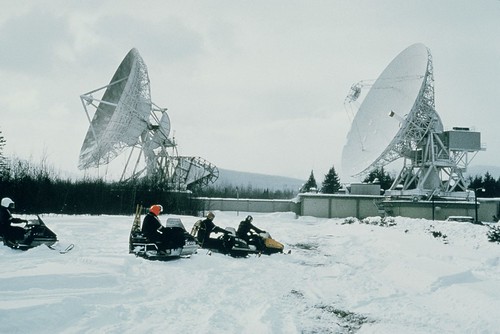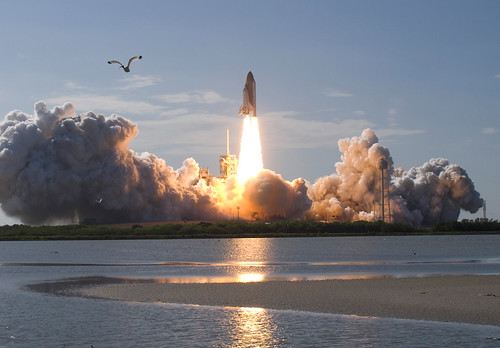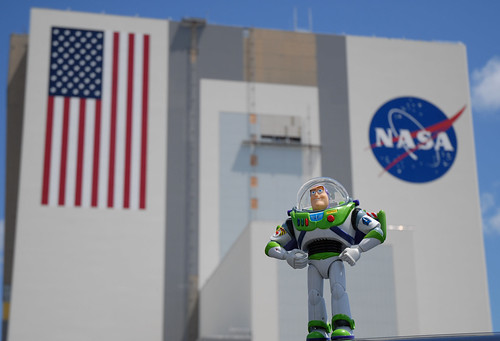DIY Friday: Flux Capacitor
Friday, June 6th, 2008
You’ve seen Back to the Future and the De Lorean time machine, but what is a flux capacitor?
It’s the Y-shaped flashing light device (powered by 1.21 jigowatts) that turns a sports car into a time machine. How does/did it work? “Doc” couldn’t even explain it:
It is not described in the films exactly how the flux capacitor worked beyond that of a typical plot device or a typical deus ex machina device, though Doc mentioned at one point that the stainless steel body of the DeLorean has a direct and influential effect on the “flux dispersal”, though he was interrupted before he could finish the explanation. The flux capacitor required 1.21 gigawatts of electricity to operate.

You can make your very own Flux Capacitor (but, PLEASE, do not toss it in your car, cross your fingers, and go 88 mph in a parking lot). Instructables has the instructions. Not a lot of electronics experience is needed, and most of the equipment is available at your local hardware store and Radio Shack. The Flux is housed in an ordinary fuse box.
Too complicated? You can buy one here for $250. A small price to pay for time travel capabilities. And this (more-expensive) dealer will even provide a time-travel, money back guarantee (read closely):
This item may be expensive, but can you place a price on time travel? NOTE: Special return policy: If you are not 100% satisfied, you may return this product for a full refund, in no LESS than 30 days before you purchase it!
Once you have have your Flux, get started on the rest of the De Lorean time machine:







